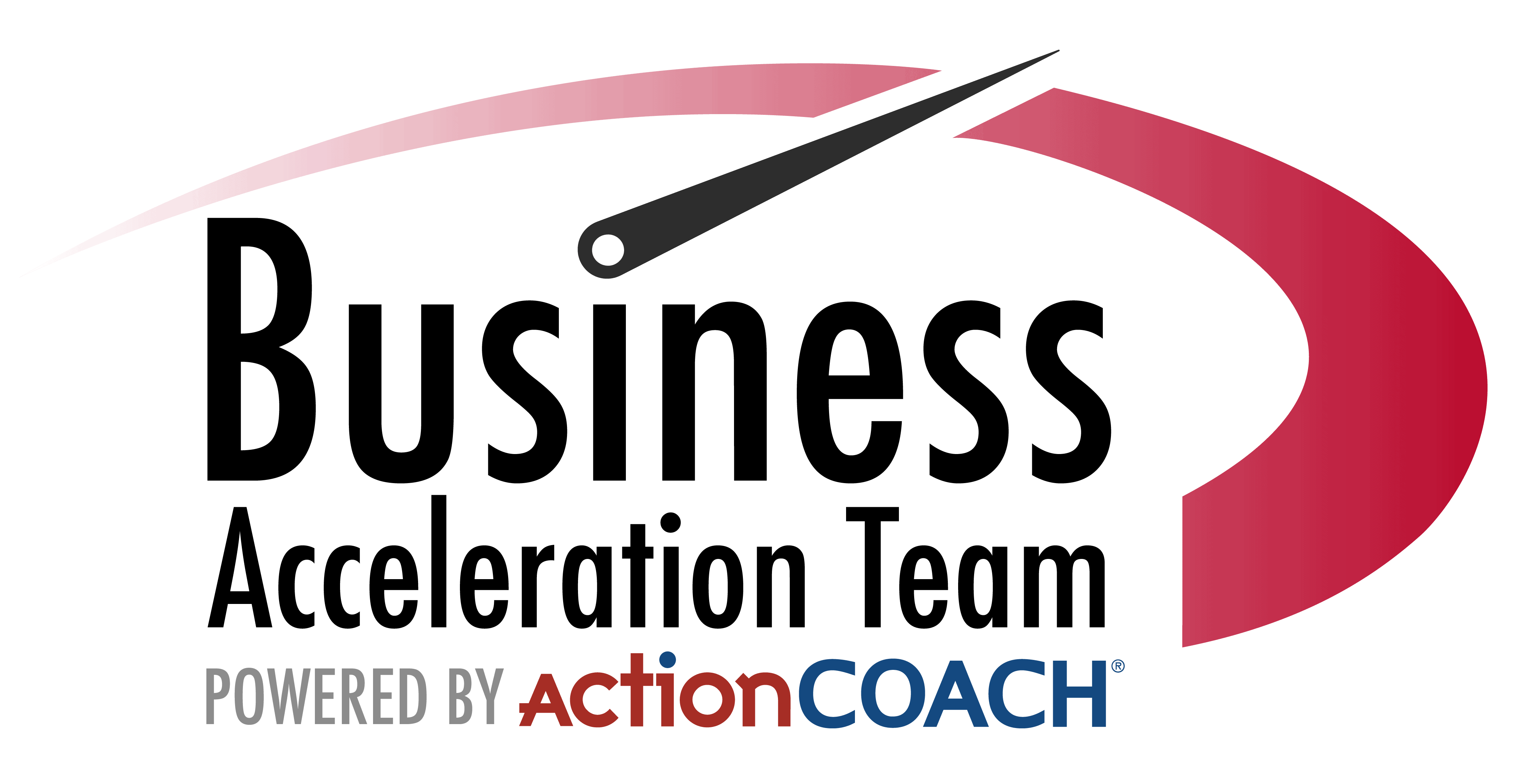14 Apr The Business Owner’s Guide to Delegation: How to Stop Doing It All
Hey there, fellow entrepreneurs! I know you’ve heard it time and time again: “You need to delegate!” But let’s be real, the idea of handing over parts of your business baby to someone else can feel like trying to teach a toddler to run before they can walk.
It’s daunting, but I’m here to share some hard-earned wisdom that will help you loosen the reins without losing your stride.
Imagine this: Your day starts before the sun even peeks over the horizon, and it ends long after the stars have claimed the night sky. You’re the first to arrive and the last to leave.
You’re not just the captain of your ship; you’re the crew, the navigator, the cook, and sometimes, it feels like you’re even the parrot on your own shoulder. It’s exhausting, isn’t it?
But here’s the twist: the secret to actually growing your business and not just running it into the ground with your superhero solo act is, drumroll, please… delegation!
Now, I get it. You’re thinking, “But no one can do it as well as I can!” Trust me, I’ve been there. But the truth is, clinging to this belief is like wearing cement shoes on your climb to success. It’s time to break free.
Let’s start with the basics. Delegation is not about dumping tasks you don’t want to do onto someone else; it’s about smartly transferring responsibilities to the right team members so you can focus on what you do best.
It’s about empowering your team and building a business that can thrive, even when you’re not micromanaging every detail.
First things first, identify your strengths and weaknesses. What are the tasks that only you can do, that require your unique expertise or vision? Those are your keepers. Everything else is fair game for delegation.
Next, get to know your team. What are their strengths? What do they enjoy doing? Matching tasks to the right people is like pairing a fine wine with the perfect dish – it enhances the experience and brings out the best in both.
Now, the handing over of the baton – this is where the magic happens. Clearly communicate what success looks like for each task. Set expectations, provide the necessary resources, and establish deadlines.
Then, step back. Yes, really. Take a breath and trust your team. They might stumble at first, but with your guidance and trust, they’ll soon be running like the wind.
Remember, delegation is a skill, and like any skill, it gets better with practice. Start small if you have to. Delegate a single task and see how it goes. Gradually increase the load as your confidence in your team grows.
And here’s the kicker: as you delegate, you’re not just untying your own hands; you’re also nurturing a team that’s capable, confident, and invested in the success of the business.
You’re creating leaders who will stand with you as you reach for those stars that once watched over your endless workdays.
So, take a deep breath and let go of the notion that you need to do it all. Embrace the art of delegation, and watch as your business transforms from a one-person show to a symphony of talent and productivity.
It’s time to step into the role of the visionary leader you were always meant to be, and let your business soar to new heights.
Ready to embark on this delegation journey? Start today, and remember, the strength of your business lies not just in your own hands, but in the hands of those you trust to help carry it forward.











